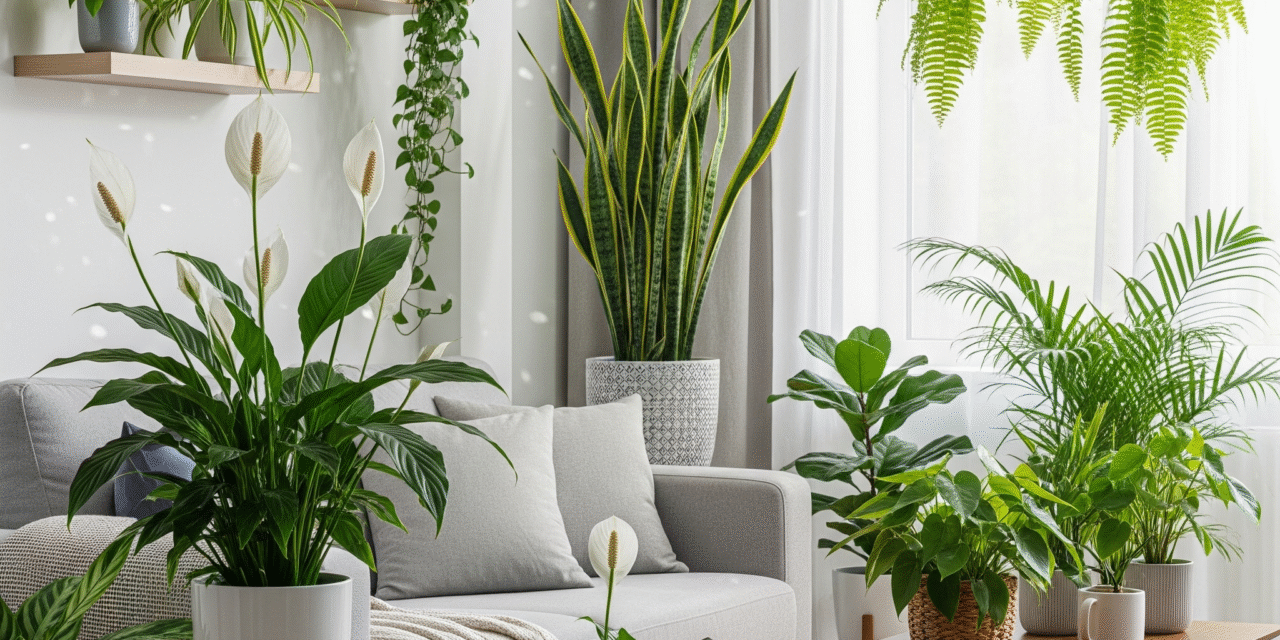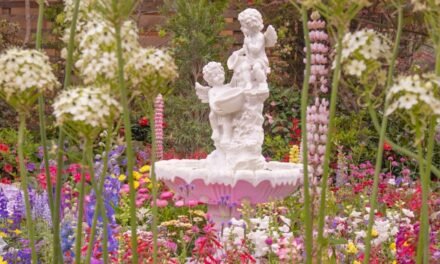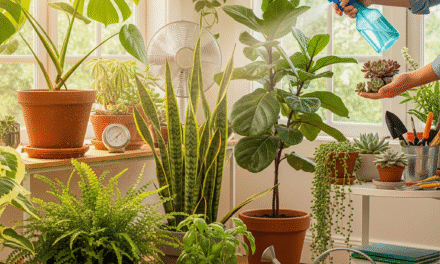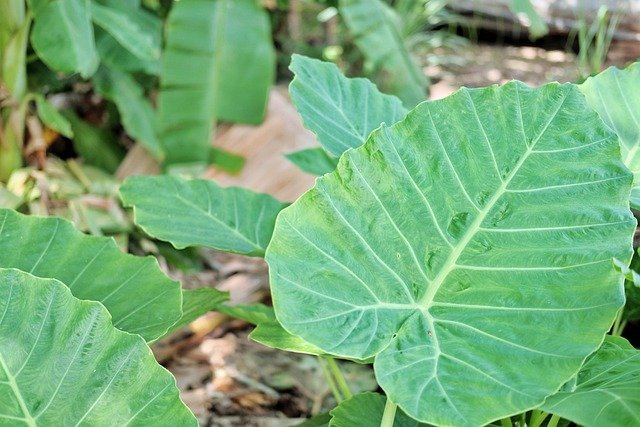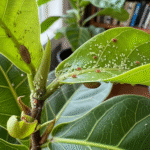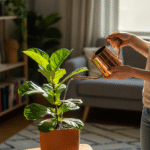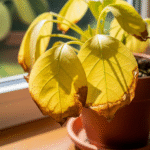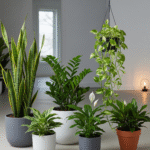In 2025, indoor air quality has become more important than ever. With more people working from home and spending extended hours indoors, the need for clean, breathable air is a priority. Fortunately, nature offers a beautiful and effective solution — indoor plants that purify the air. These plants don’t just enhance your decor; they actively remove harmful toxins, balance humidity, and create a healthier living environment.
Here’s a list of the best indoor plants for air purification in 2025, backed by scientific research and interior styling trends.
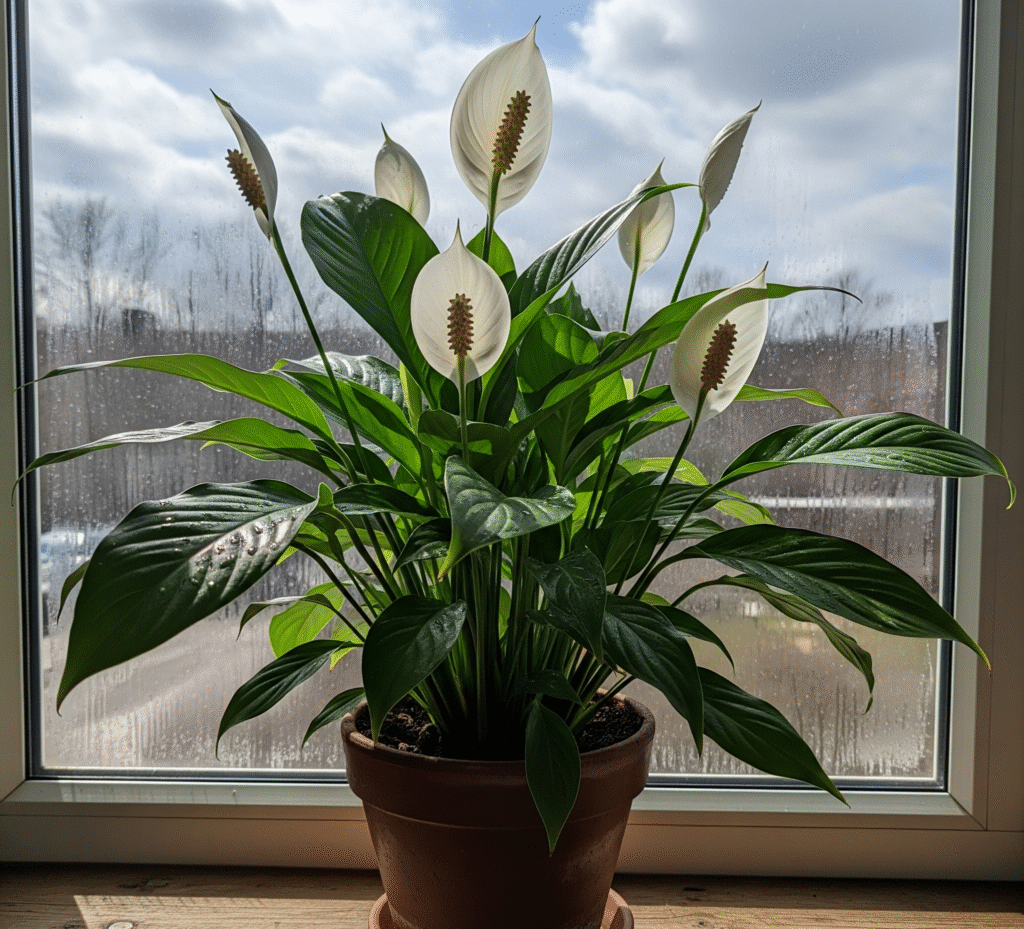
Peace Lily (Spathiphyllum)
The Peace Lily (Spathiphyllum) is one of the most popular indoor plants known for its elegant white blooms and lush green foliage. It thrives in low to moderate light, making it perfect for homes and offices with minimal sunlight. Its ability to purify the air adds to its charm, making it both beautiful and beneficial.
This low-maintenance plant requires only occasional watering and is tolerant of neglect, making it ideal for beginners. As one of the most resilient indoor plants, the Peace Lily helps create a calming and refreshing indoor atmosphere. With proper care, it can bloom several times a year, adding a graceful touch to any room.
The Peace Lily is one of the top contenders for air purification, especially in low-light spaces. This plant is known to absorb common indoor pollutants like benzene, formaldehyde, trichloroethylene, and even mold spores from the air.
Why it’s ideal for 2025:
- Perfect for modern apartments with limited sunlight.
- Enhances air humidity, which helps combat dry skin and respiratory issues.
- Requires minimal maintenance and only needs watering once a week.
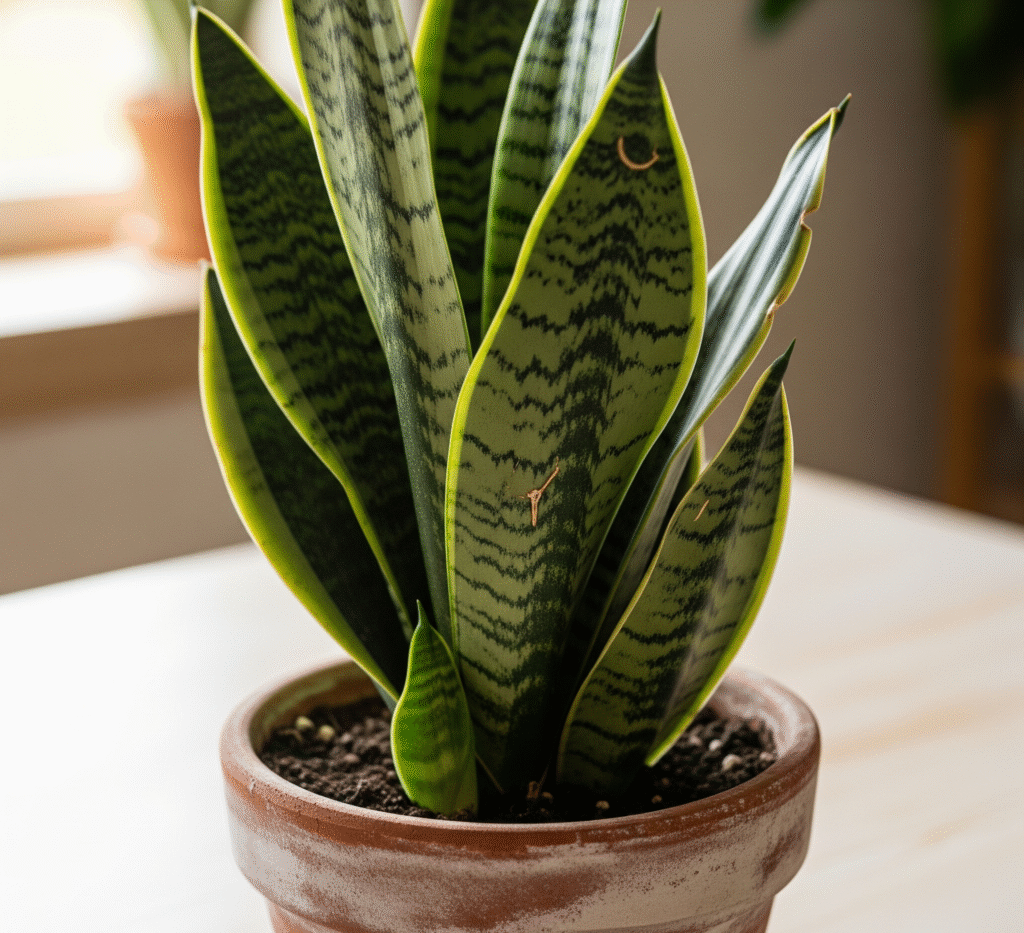
Snake Plant (Sansevieria trifasciata)
The Snake Plant (Sansevieria trifasciata) is a striking and hardy addition to any home, known for its tall, upright leaves with green and yellow patterns. It’s one of the most durable indoor plants, thriving in low light and requiring minimal water. Its architectural form makes it a favorite for modern interiors.
Ideal for busy individuals, the Snake Plant also improves indoor air quality by filtering toxins. As one of the best low-maintenance indoor plants, it can survive in a variety of conditions without losing its charm. Its unique appearance and resilience make it a stylish and practical choice.
Also known as Mother-in-law’s Tongue, the Snake Plant is a resilient, low-maintenance plant that’s ideal for beginners. It performs photosynthesis at night, unlike most plants, making it excellent for bedrooms.
Air purifying benefits:
- Filters toxins like xylene, toluene, formaldehyde, and nitrogen oxides.
- Releases oxygen at night, improving sleep quality.
- Survives in dry conditions and requires little watering.
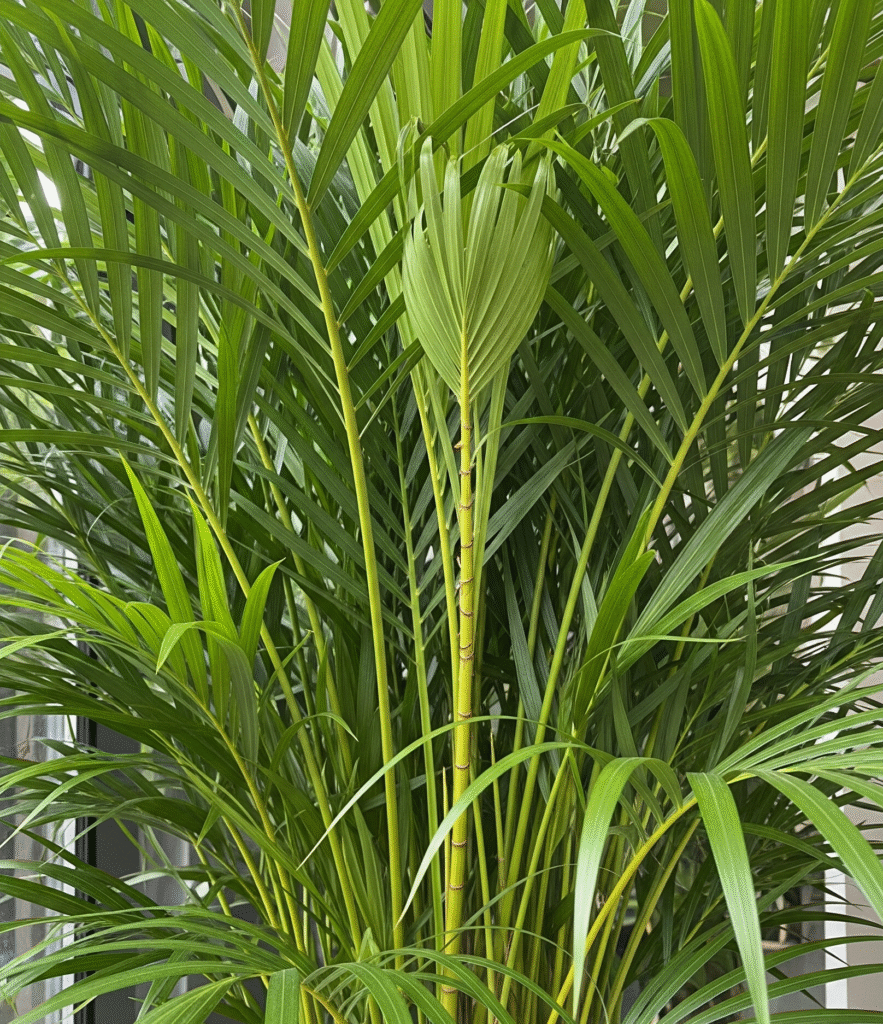
Areca Palm (Dypsis lutescens)
The Areca Palm (Dypsis lutescens) is a graceful plant with feathery, arching fronds that bring a tropical vibe to any interior. It is one of the most loved indoor plants due to its air-purifying qualities and elegant appearance. This palm thrives in bright, indirect light and prefers regular watering to keep the soil slightly moist.
Known for its lush foliage and vibrant green color, the Areca Palm adds life and freshness to living spaces. As one of the more decorative indoor plants, it fits beautifully in corners or as a natural room divider. With the right care, it grows steadily and enhances the atmosphere with a soft, natural charm.
The Areca Palm is not only elegant and decorative, but also a powerful air-purifying plant. It acts as a natural humidifier, making it especially useful in dry climates or air-conditioned rooms.
Benefits in 2025:
- Removes indoor pollutants and adds moisture to the air.
- Safe for homes with pets and children.
- Popular in boho and tropical interior design styles.
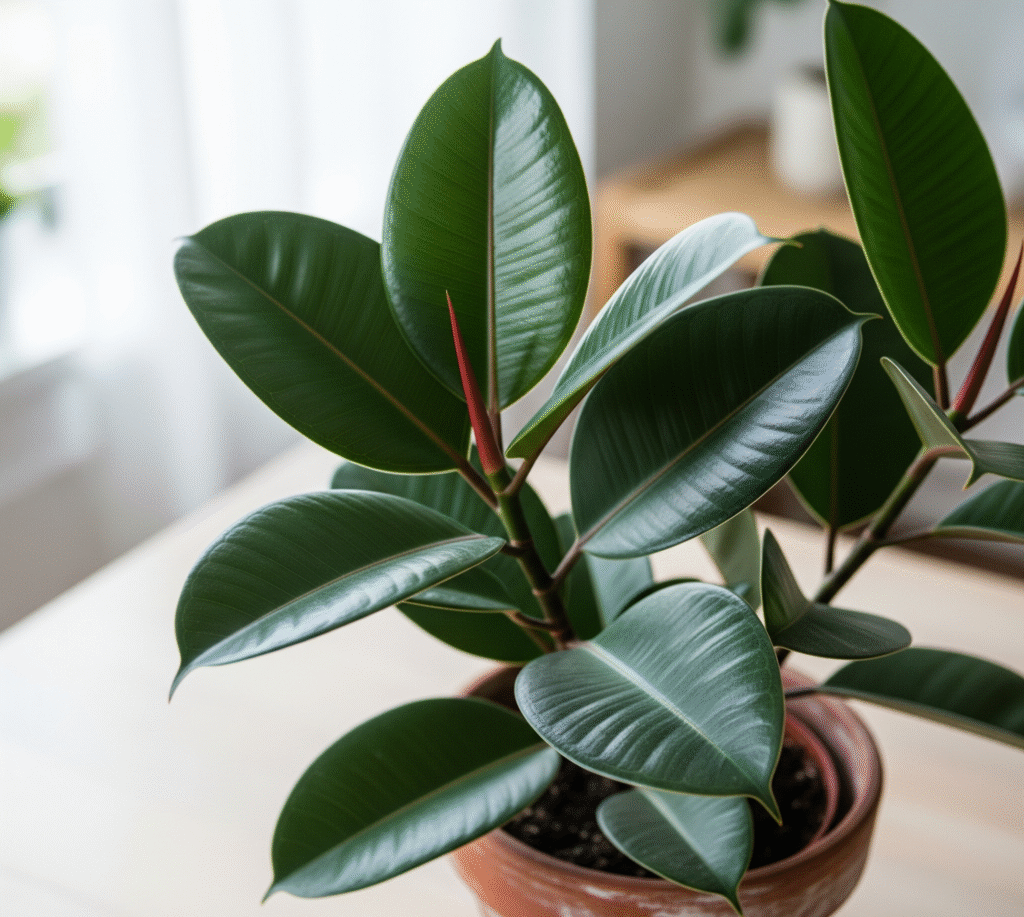
Rubber Plant (Ficus elastica)
The Rubber Plant (Ficus elastica) is a stylish and bold choice, known for its thick, glossy leaves that come in shades of deep green or burgundy. It’s one of the most attractive indoor plants, often used to add a touch of drama to interior spaces. This plant thrives in bright, indirect light and enjoys moderate watering.
With its air-purifying benefits and striking appearance, the Rubber Plant is both functional and decorative. As part of a well-curated collection of indoor plants, it can serve as a stunning focal point in living rooms or offices. Its strong presence and easy care make it a favorite among plant lovers.
With its deep green, waxy leaves, the Rubber Plant has become a favorite among interior designers. It’s also highly effective in removing pollutants from indoor air.
Air quality improvements:
- Absorbs airborne toxins such as formaldehyde and carbon monoxide.
- Helps trap dust and allergens on its leaf surface.
- Thrives in bright, indirect sunlight and grows quickly.
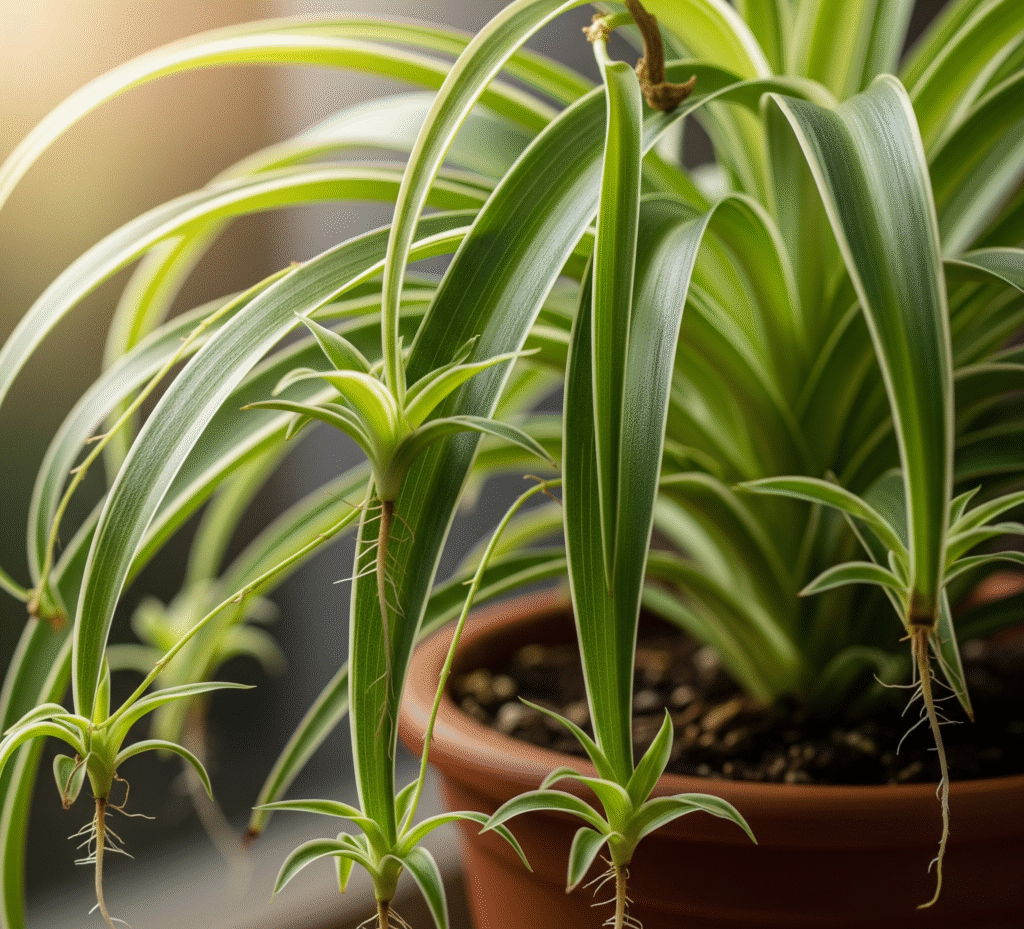
Spider Plant (Chlorophytum comosum)
The Spider Plant (Chlorophytum comosum) is a charming and easy-to-grow option, popular for its arching green-and-white striped leaves. It’s one of the best beginner-friendly indoor plants, thriving in various light conditions and requiring minimal maintenance. This plant also produces small white flowers and baby plantlets that hang down like spiders.
As a natural air purifier, the Spider Plant helps create a healthier indoor environment. It’s often used in hanging baskets or elevated pots, adding visual interest to rooms. Among the many indoor plants available, its playful look and resilience make it a cheerful and reliable addition to any home.
The Spider Plant is one of the easiest indoor plants to care for, and it multiplies quickly. It’s excellent for purifying the air and is ideal for kitchens, bathrooms, and workspaces.
Why it’s trending:
- Removes carbon monoxide, formaldehyde, and xylene.
- Safe for pets and great for hanging baskets.
- Adapts well to different lighting conditions.
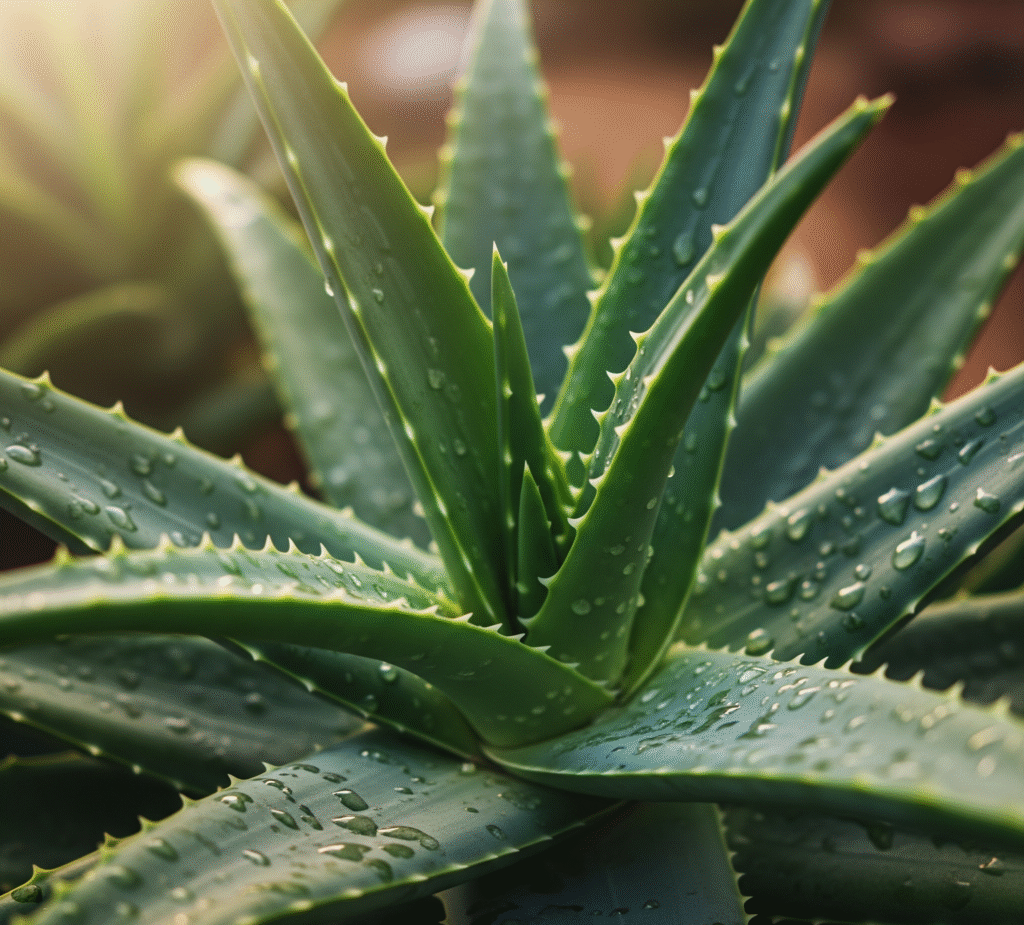
Aloe Vera
Aloe Vera is a well-known succulent prized for its soothing gel and minimal care requirements. Its thick, fleshy leaves store water, making it drought-tolerant and perfect for sunny windowsills. Among indoor plants, Aloe Vera stands out for its dual purpose—both decorative and medicinal.
This hardy plant thrives in bright, indirect sunlight and needs infrequent watering, making it ideal for busy households. As one of the most functional indoor plants, Aloe Vera can help treat minor burns and skin irritations. Its clean, modern look adds a fresh touch to kitchens, bathrooms, or offices.
Known for its healing properties, Aloe Vera is more than just a soothing plant for burns. It helps remove benzene and formaldehyde, especially from chemical-based cleaners or paints used indoors.
Why it stands out:
- Dual-purpose plant: Air purifier + natural skincare remedy.
- Needs minimal watering (perfect for busy plant owners).
- A compact choice for windowsills and small spaces.
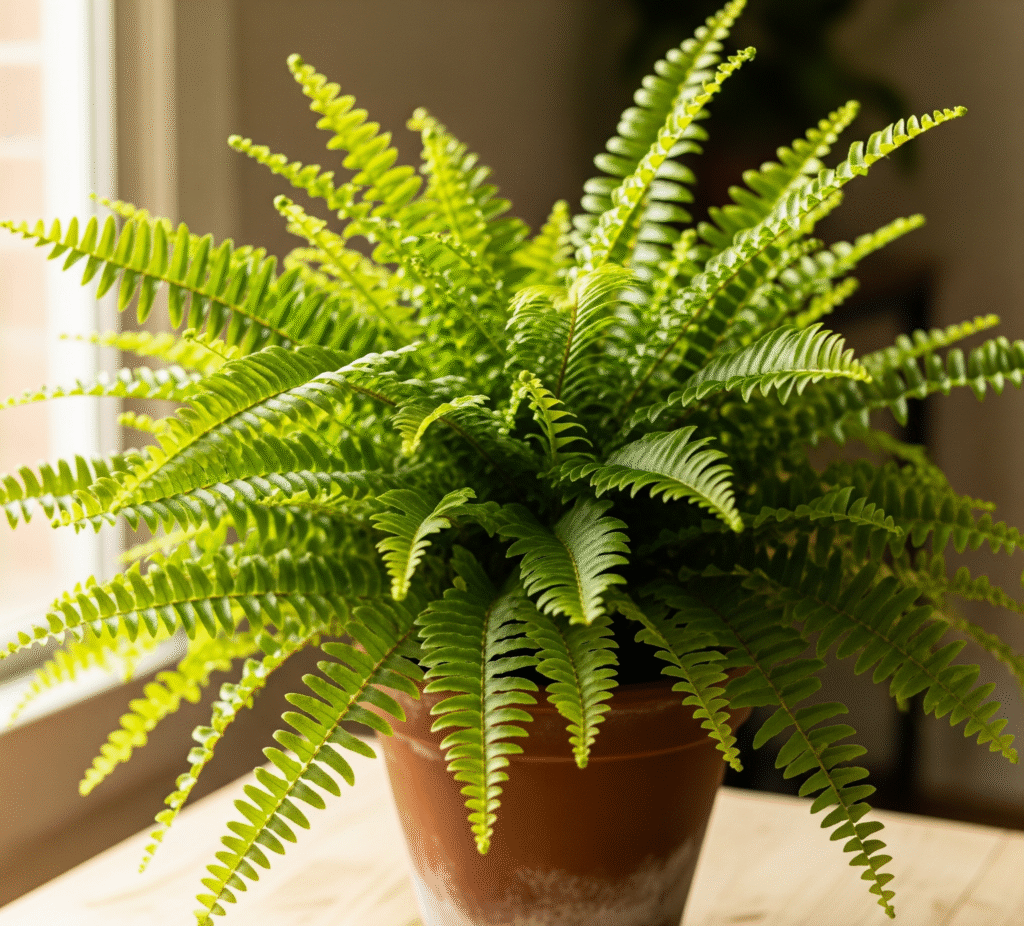
Boston Fern (Nephrolepis exaltata)
The Boston Fern (Nephrolepis exaltata) is a classic houseplant known for its lush, arching fronds and soft, feathery texture. It thrives in high humidity and indirect light, making it ideal for bathrooms or shaded corners. As one of the most graceful indoor plants, it brings a refreshing, natural feel to any space.
This fern is not only decorative but also helps improve indoor air quality by filtering out toxins. Among popular indoor plants, the Boston Fern requires a bit more attention, such as regular misting and moist soil, but rewards with vibrant, full foliage. Its timeless beauty makes it a favorite in both traditional and modern interiors.
The Boston Fern is a lush, feathery plant that not only purifies the air but also raises humidity levels. It’s particularly effective in areas where dry air contributes to respiratory problems.
Key benefits:
- Filters pollutants like xylene and formaldehyde.
- Great for people with asthma or allergies.
- Thrives in bathrooms or humid areas with indirect light.
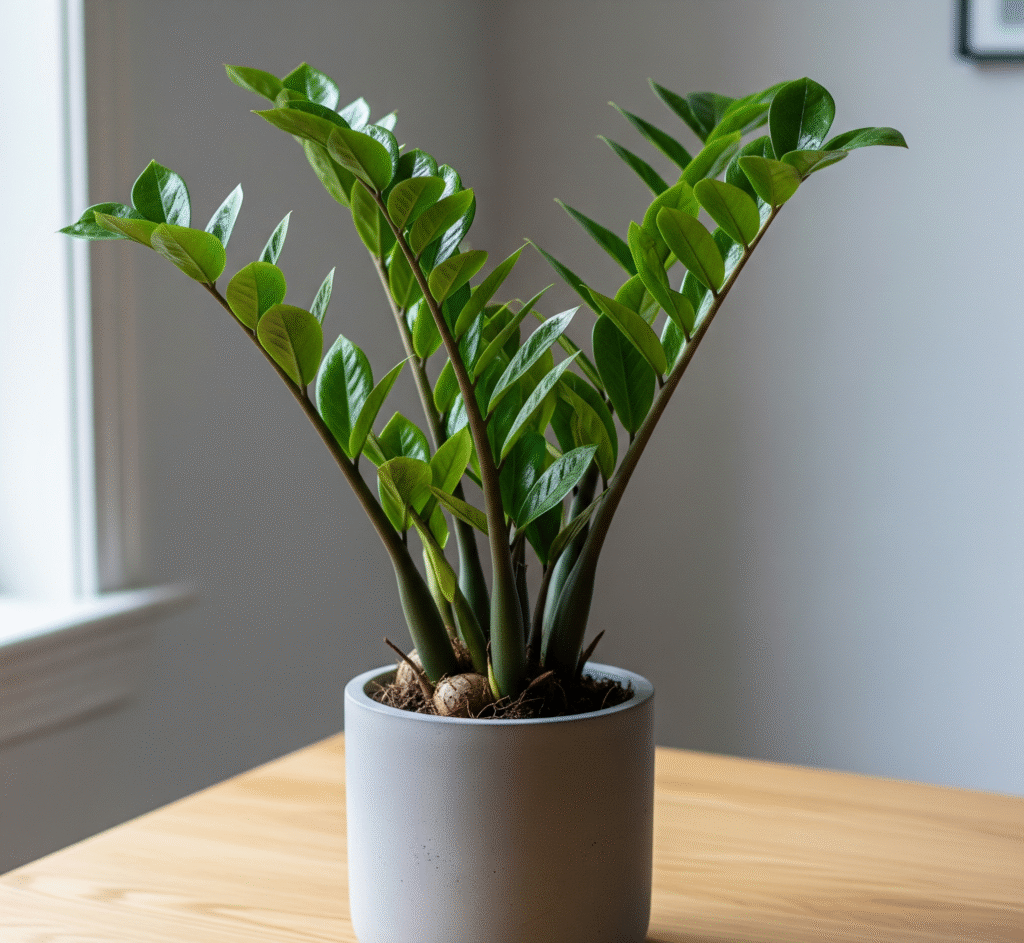
ZZ Plant (Zamioculcas zamiifolia)
The ZZ Plant (Zamioculcas zamiifolia) is a sleek and sturdy houseplant known for its glossy, dark green leaves and upright growth. It’s one of the toughest indoor plants, tolerating low light and infrequent watering with ease. This makes it a perfect choice for offices or low-maintenance plant lovers.
Its modern look and minimal care needs have made the ZZ Plant a favorite among urban dwellers. As one of the most resilient indoor plants, it can thrive in various conditions while adding a stylish touch to any room. Its ability to purify air is an added bonus to its aesthetic appeal.
The ZZ Plant is a hardy, almost indestructible plant ideal for beginners or busy households. While less commonly known for purification, recent studies suggest it effectively absorbs volatile organic compounds (VOCs).
2025 appeal:
- Sleek, glossy leaves suit minimalist interiors.
- Survives low light and low water conditions.
- Grows slowly, perfect for small spaces.
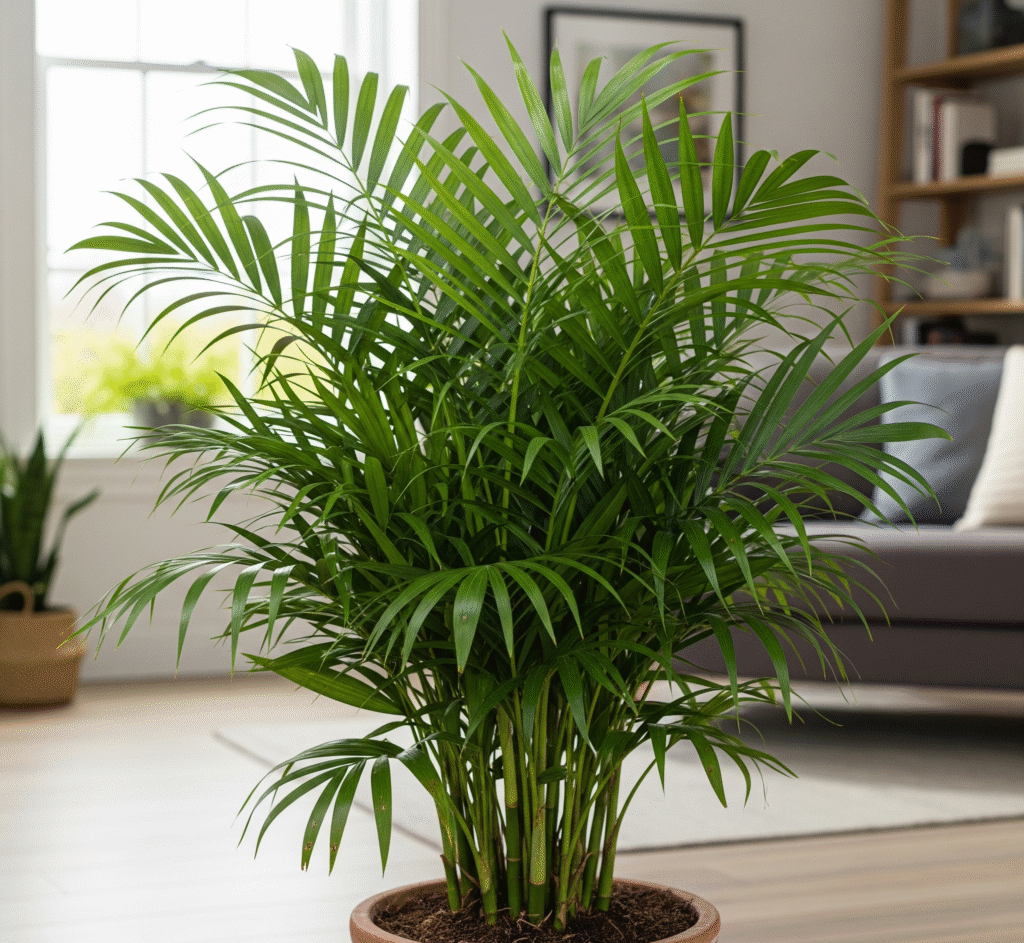
Bamboo Palm (Chamaedorea seifrizii)
The Bamboo Palm (Chamaedorea seifrizii) is a graceful plant with slender, cane-like stems and feathery fronds that bring a tropical vibe indoors. It thrives in low to medium light and prefers consistently moist soil, making it ideal for shaded corners. As one of the most elegant indoor plants, it adds a touch of greenery without overwhelming a space.
This palm is also known for its air-purifying qualities, helping to remove toxins and improve indoor air quality. Among popular indoor plants, the Bamboo Palm stands out for its soft texture and calming presence. It’s perfect for adding height and movement to interiors with minimal maintenance.
The Bamboo Palm, also known as the Reed Palm, is another NASA-recommended air-purifying plant. It’s especially good at removing benzene and trichloroethylene.
Why it’s relevant now:
- Adds a tropical vibe to urban apartments.
- Safe for pets.
- Acts as a natural air humidifier and purifier in one.
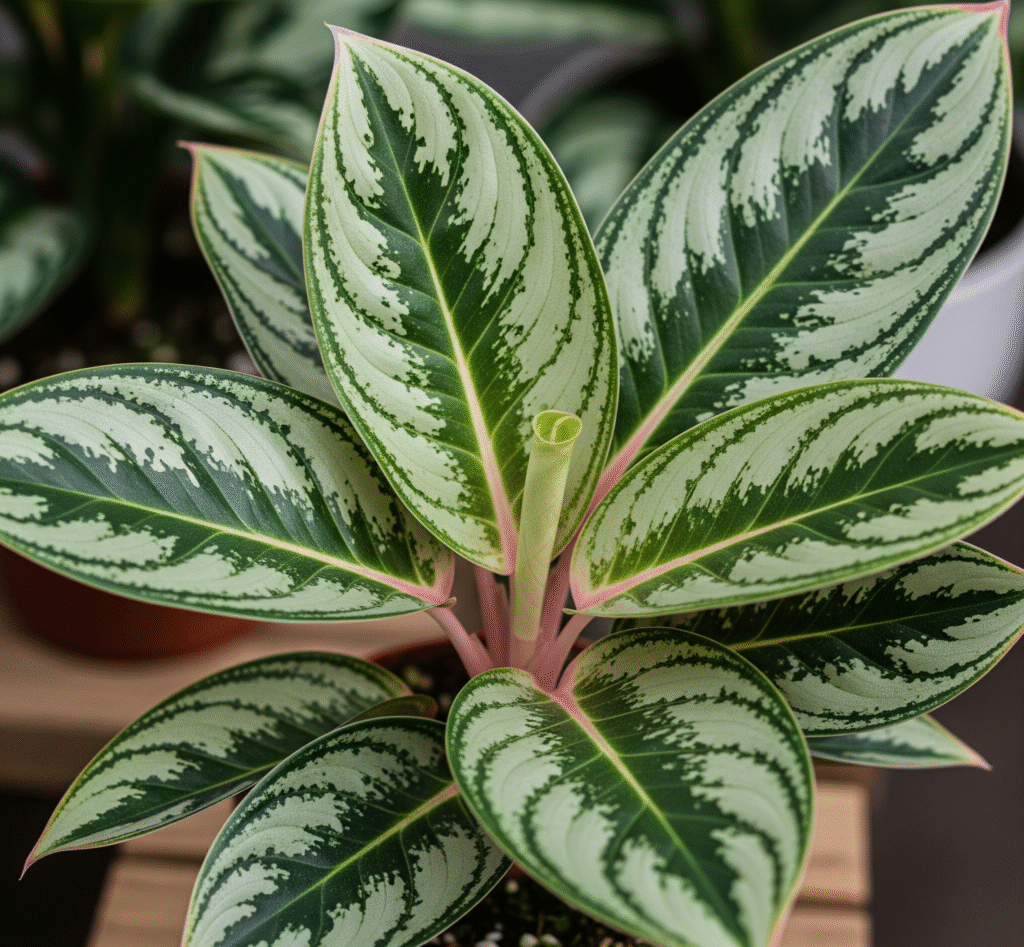
Chinese Evergreen (Aglaonema)
The Chinese Evergreen (Aglaonema) is a vibrant and adaptable plant, known for its beautifully patterned leaves in shades of green, silver, and even red or pink. It thrives in low to moderate light and is incredibly easy to care for, making it one of the most beginner-friendly indoor plants. Its colorful foliage adds a decorative touch to any room.
Highly valued for its air-purifying properties, the Chinese Evergreen helps improve indoor air while enhancing visual appeal. Among indoor plants, it stands out for its resilience and ability to flourish even in less-than-ideal conditions. Whether in homes or offices, it brings lasting beauty with minimal effort.
The Chinese Evergreen is both beautiful and functional. Its colorful foliage ranges from green to red and silver, making it a standout decor choice while purifying air pollutants.
Indoor advantages:
- Removes common toxins like benzene and formaldehyde.
- Tolerates low light and fluctuating humidity.
- Very low maintenance, ideal for beginners.
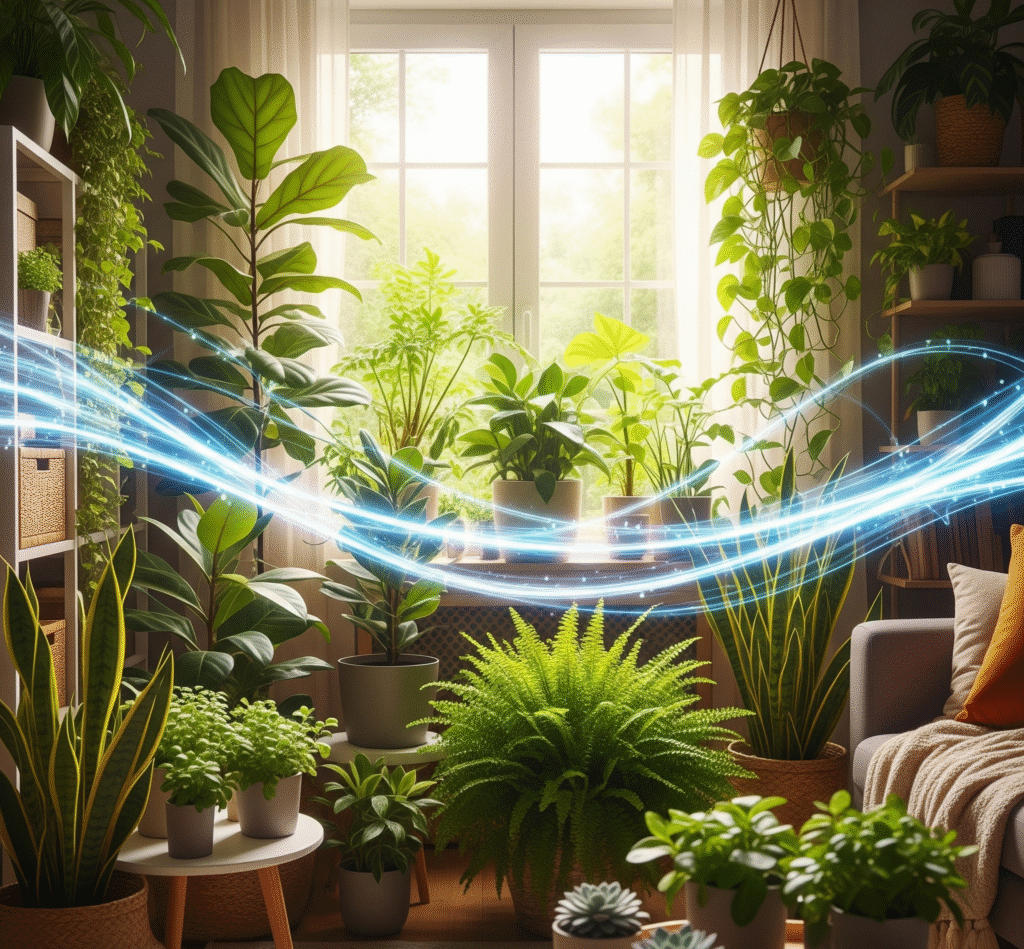
Tips for Maximizing Air Purification Benefits
- Use multiple plants: A single plant won’t purify your entire home. For optimal results, aim for 1 plant per 100 square feet.
- Keep leaves clean: Wipe dust from leaves regularly to help plants breathe and filter air effectively.
- Choose the right location: Place air-purifying plants in high-traffic areas like bedrooms, kitchens, and workspaces.
- Avoid overwatering: Excess water can lead to mold, which counters the plant’s air-cleaning benefits.
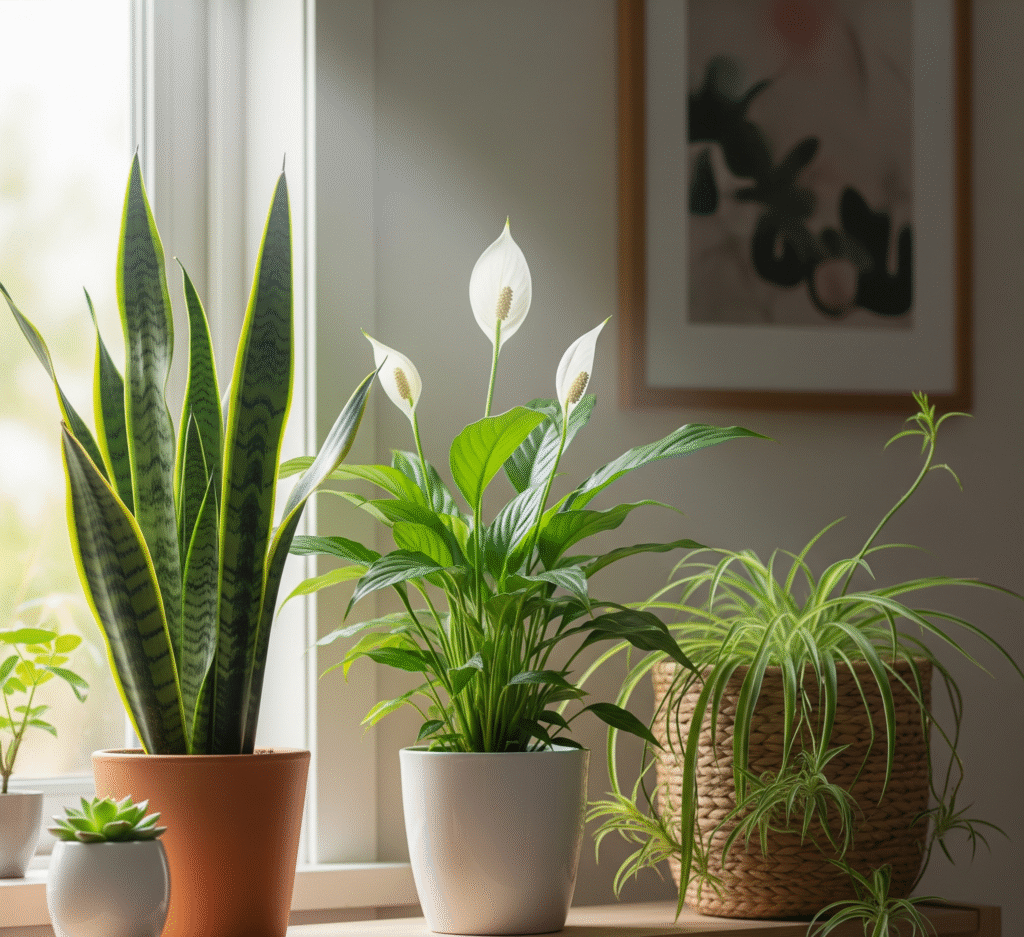
Final Thoughts
Incorporating air-purifying plants into your home is one of the easiest and most cost-effective ways to improve your health, boost your mood, and elevate your interior design. The best part? They ask for very little in return — just some light, occasional water, and a bit of love.
Whether you’re a beginner plant parent or an experienced gardener, the best indoor plants for air purification in 2025 offer both aesthetic appeal and functional wellness benefits. Choose the ones that suit your style, light availability, and care level — and breathe easier knowing your plants are working quietly in the background to keep your space clean and fresh.

